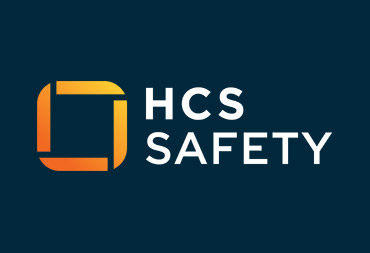According to the Reporting of Injuries, Diseases and Dangerous Occurrences Regulations (RIDDOR), 135 workers died in work-related accidents in Great Britain in 2022/23.
While this represents a decrease from previous years, it remains a stark reminder of the importance of workplace safety and the need for continuous improvement.
Read on to learn more about the causes of workplace fatalities and how we can collectively work towards eliminating them.
Leading Industries for Workplace Fatalities
According to the most recent RIDDOR report, the construction industry and the agriculture, forestry, and fishing sectors consistently account for the highest number of worker fatalities annually.
In 2022/23, the construction industry reported 45 deaths, while the agriculture, forestry, and fishing sectors reported 21 deaths.
Other industries with a significant number of fatalities include manufacturing (15), wholesale, retail, and motor repair (15), and transport and storage (15).
Employers in these sectors must build exceptionally safe environments that reduce the risk of fatalities as close to nil as possible.
Main Causes of Fatal Accidents
The most common types of fatal accidents in the workplace include falls from height, being struck by moving objects and being struck by moving vehicles.
These three categories accounted for approximately two-thirds of all worker fatalities in 2022/23.
Falls from height remain the leading cause of workplace fatalities, with 40 deaths reported in 2022/23.
This shows the importance of proper fall protection equipment, training, and procedures, particularly in industries such as construction, where working at height is common.
HCS Safety offers several working-from-height safety courses designed to meet and exceed safety regulations and guidance in these areas.
Being struck by moving objects and moving vehicles are also major contributors to workplace fatalities, with 29 and 20 deaths reported in 2022/23, respectively.
Employers must continue to ensure that workers are properly trained to operate machinery and equipment safely and that appropriate safeguards are in place to prevent accidents.
Protecting Older Workers
Around a quarter of the workplace fatalities in 2022/23 involved workers aged 60 and over, a trend that has remained consistent in recent years.
This underlines a growing demand for specific safety requirements targeted at the safety of older workers. Modern, forward-thinking employers must work to develop age-friendly work environments, including ergonomic adaptations, flexible schedules and targeted training programs.
This will only become more important as populations age and people stay in work until later life.
Preventing Workplace Fatalities
So, what can employers do to reduce fatalities? Of course, all the main principles apply – strict compliance with regulations, building strong safety cultures and constantly striving for safer environments.
Central strategies include:
- Conducting thorough risk assessments to identify and mitigate potential hazards
- Providing comprehensive safety training to all workers, tailored to their specific roles and responsibilities
- Ensuring that all equipment and machinery are properly maintained and safeguarded
- Encouraging a strong safety culture through open communication, employee engagement, and leadership commitment
- Regularly reviewing and updating health and safety policies and procedures to reflect changes in the workplace and industry best practices
Summing Up
The loss of even one life in a work-related accident is unacceptable.
Employers should take a keen interest in the shifting dynamics of workplace fatalities and take proactive steps to address these risks.
Employers and workers need to work together to prevent these tragic incidents and ensure everyone returns home safely at the end of each workday.
Health and safety training delivered by industry-leading providers such as HCS Safety is one part of the puzzle. Employers can build safer by delivering targeted, top-quality training across their workforce.
If you’re looking to build an exceptionally safe workplace, discover more about our highly-regarded training courses here.




